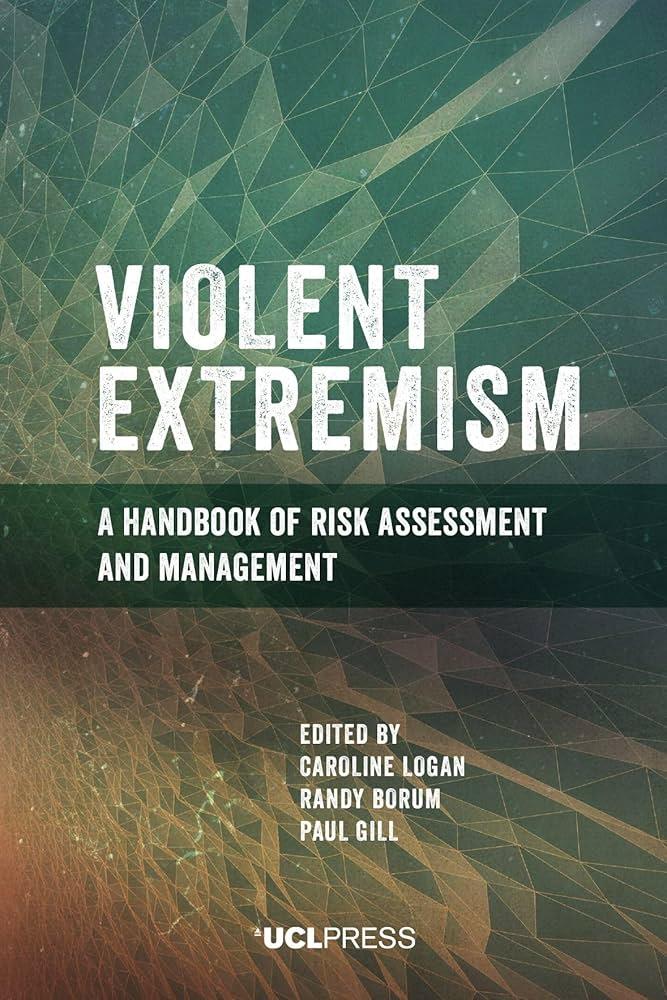Nexus between Violent Extremism and the Media
The intersection of media and violent extremism is a critical area of concern in today’s world. Media serves as a platform for disseminating information, but it can also be exploited by extremist groups to spread their ideologies. Understanding this nexus is essential to formulating effective counter-strategies.
The Role of Media in Far-Right Extremism
Far-right extremist groups have effectively used media, especially social media, to propagate their messages. These groups often recruit members by sharing content that resonates with their views. By analyzing these media tactics, we can better comprehend their influence on societal perceptions.
Media’s Influence on Public Perception
Media coverage can significantly shape public perceptions of violent extremism. Sensationalized reporting may instill fear and promote prejudices against specific communities. It is crucial for journalists to approach these topics responsibly to avoid exacerbating tensions.
Counteracting Extremism through Responsible Media Use
Responsible media can play a vital role in countering violent extremism. By questioning and challenging extremist narratives, media outlets can help deconstruct the ideologies that fuel violence. Organizations focused on these initiatives, such as those mentioned in this resource, provide valuable insights into preventative measures.
Education and Media Literacy
Enhancing media literacy among the youth is essential in combating violent extremism. Educated individuals are better equipped to discern credible information from propaganda. Encouraging critical thinking about media consumption can reduce susceptibility to extremist rhetoric.
Conclusion
The relationship between media and violent extremism is complex and multifaceted. Our understanding of this nexus must evolve as new media technologies emerge. Only through education and responsible reporting can we hope to mitigate the impact of violent extremism in society.

